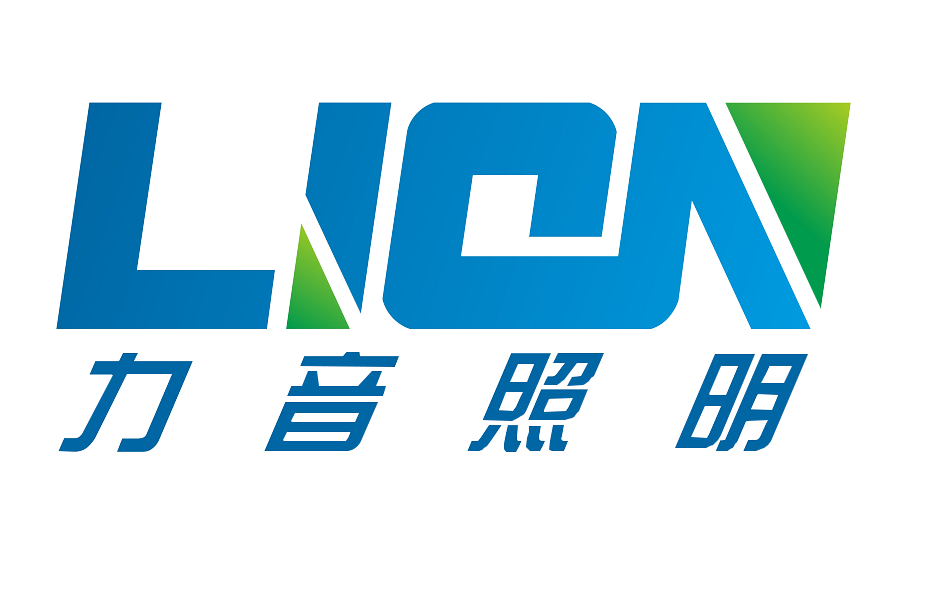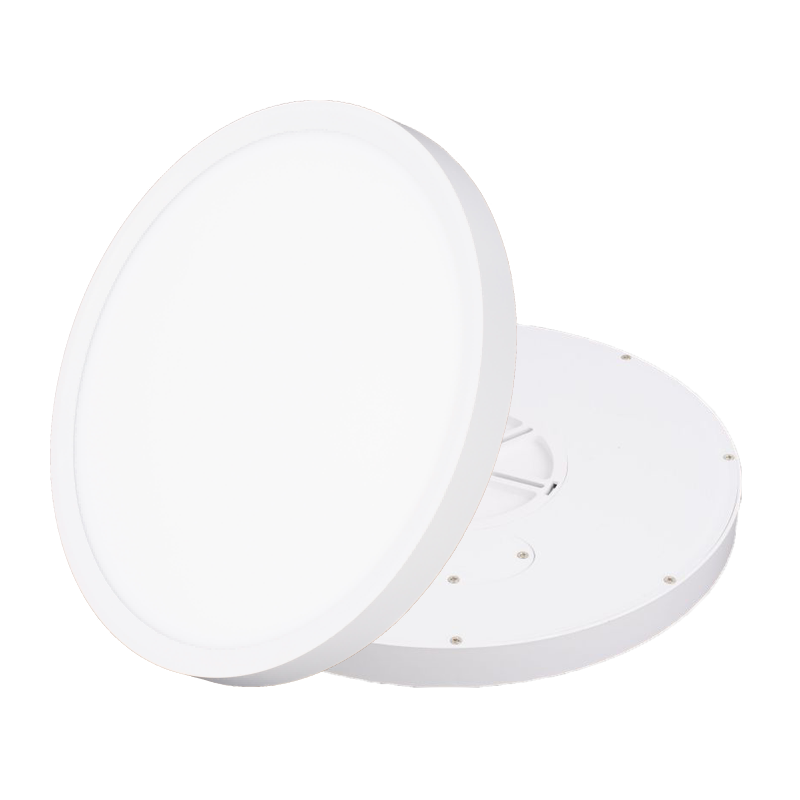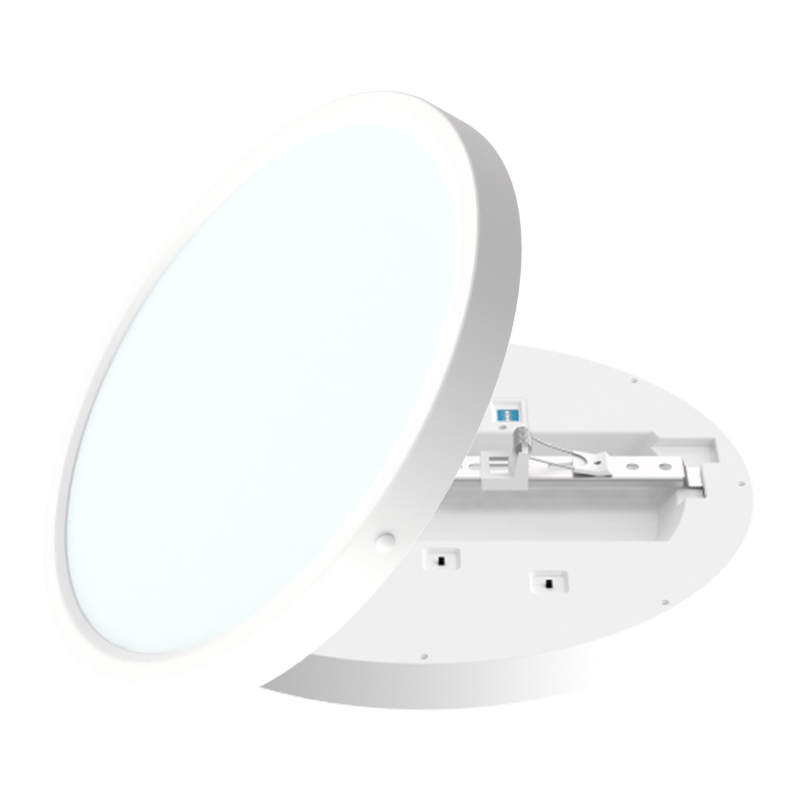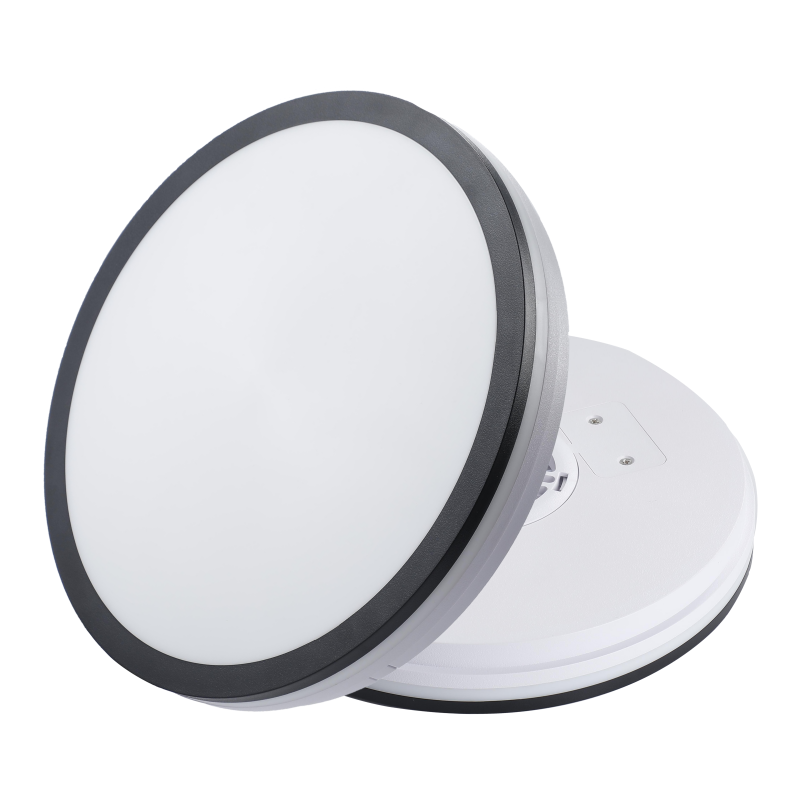The seemingly ordinary panel light industry is undergoing a major transformation. Driven by both technological innovation and market competition, this multi-billion dollar market is about to be reshuffled.
At Guangzhou's largest lighting wholesale market, dealer Mr. Zhang pointed to the mountains of LED panel lights in his warehouse and said with a wry smile, "Five years ago, an ordinary panel light sold for 200 yuan. Now, a product of the same specifications sells for less than 30 yuan. The profit margin is as thin as a sheet of paper." His confusion reflects the collective anxiety facing the entire industry.
As a staple product in commercial and residential lighting, panel lights are at a crossroads facing drastic price fluctuations.
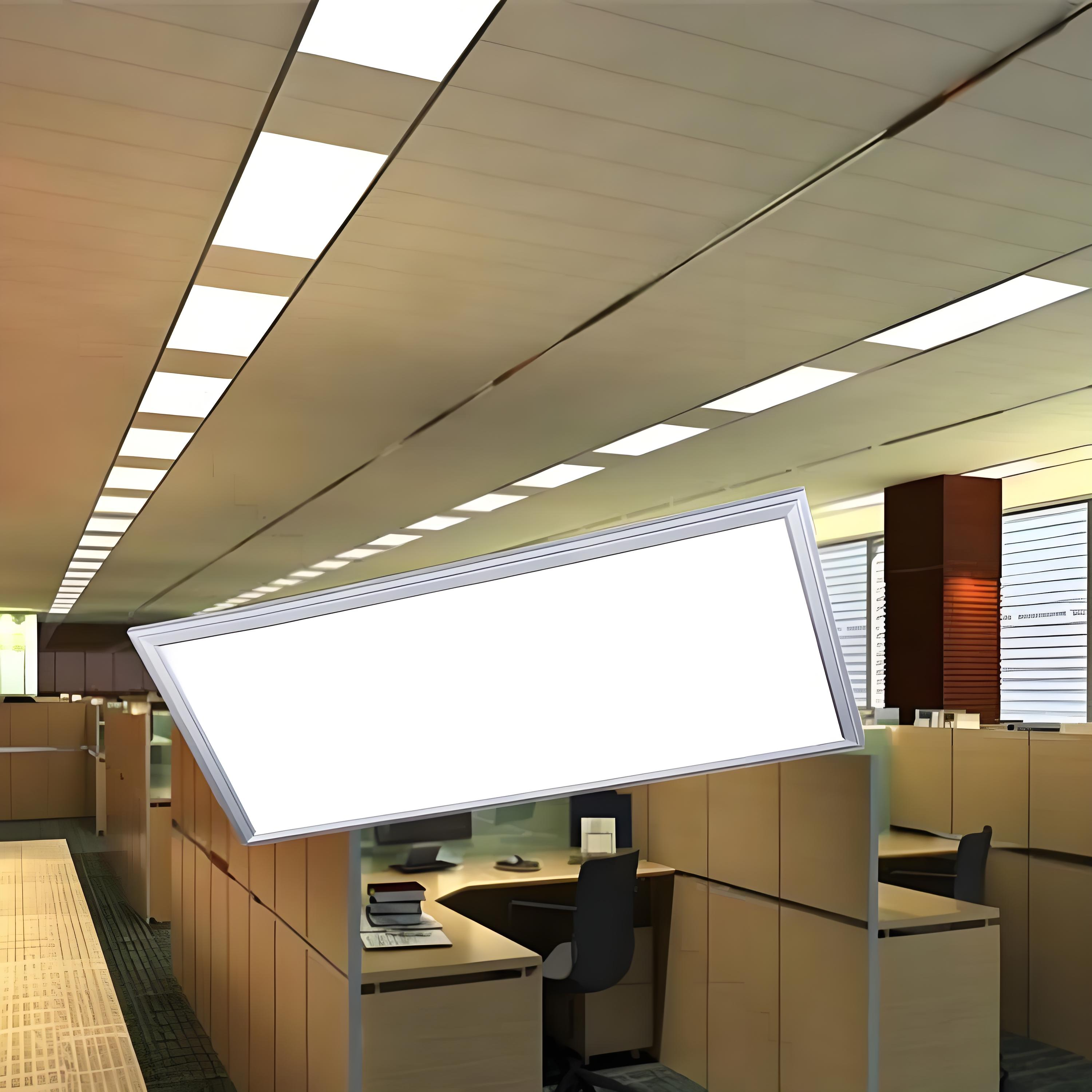
01 Market Status: The Panel Light Industry Amidst a Price War
The LED panel light market has experienced explosive growth in recent years. According to the "Global LED Panel Light Market Report," the global panel light market reached $21.8 billion in 2022 and is projected to grow to $32.7 billion by 2027, achieving a compound annual growth rate of 8.4%.
In stark contrast to this expansion in market size is the continued decline in product prices. Industry statistics show that the average selling price of ordinary LED panel lights fell by approximately 40% between 2020 and 2023.
"This is due to the dual pressures of overcapacity and homogenous competition," the head of a Shenzhen panel light manufacturer told reporters. Currently, there are over 500 panel light manufacturers in Zhongshan, Guangdong alone. Low technological barriers to entry have led to insufficient product differentiation, making price wars the primary means of competition.
The entry of e-commerce platforms has further enhanced price transparency. On platforms like Taobao and JD.com, the price of an ordinary integrated ceiling panel light has fallen below 20 yuan, even lower than the packaging cost of some traditional lamps.
02 Technological Innovation: The Invisible Driver of Cost Reduction
Technological progress is fundamentally changing the cost structure of panel lights. The continuous improvement of LED chip luminous efficacy is one of the key factors in reducing costs. A technical director at Sanan Optoelectronics stated, "Currently, the luminous efficacy of mainstream LED chips has reached 200 lumens/W, an increase of approximately 50% compared to five years ago."
This means that for the same brightness, fewer LED chips are required, significantly reducing material costs. The decline in chip costs has directly led to lower overall lighting costs.
The widespread adoption of intelligent manufacturing equipment is also changing the production cost structure. A Dongguan-based automation equipment manufacturer revealed, "Our automated production line for panel lights has reduced labor costs by 70% and tripled production efficiency."
Raw material innovation is also crucial. The transition from traditional PMMA to PS and PC composite materials has seen costs drop by over 30%, while also reducing weight by nearly half, lowering transportation and installation costs.
The cost reductions brought about by technological iterations have yet to peak. With the maturity of Micro LED and COB packaging technologies, the cost structure of panel lights will be further optimized.

03 Supply and Demand Game: Price Influencing Factors in Market Balance
The supply and demand relationship in the panel light market is undergoing subtle shifts. On the supply side, China, the world's largest panel light production base, continues to expand production capacity.
According to data from the China Lighting Industry Association, China's panel light production will exceed 800 million units in 2022, a year-on-year increase of 15%, and the overcapacity rate is estimated to reach 35%.
On the demand side, a diverging trend is emerging. Demand in the commercial lighting market maintained steady growth, while demand for residential lighting slowed due to real estate regulation policies. Overseas markets have become a new growth point, particularly in countries along the Belt and Road Initiative, where infrastructure development has driven large-scale panel light purchases.
Fluctuations in raw material prices also affect panel light pricing. Prices of metals such as aluminum and copper experienced significant increases between 2021 and 2022, directly driving up panel light costs. However, this trend eased in 2023, as falling commodity prices provided room for price reductions.
"It's currently a buyer's market, and buyers have strong bargaining power," said a Zhejiang contract manufacturer owner. "Large customer orders often require annual price reductions of 5-10%, forcing companies to continuously optimize costs."
04 Future Trends: Where Will Panel Light Prices Go?
In the short term, panel light prices will continue their downward trend. Industry analysts predict that the price of standard panel lights will fall by another 8-12% in 2024. This is primarily due to cost reductions driven by technological advances and intensified market competition.
Medium- to long-term price trends will depend on multiple factors. On the one hand, rising raw material and labor costs may support product prices; on the other hand, technological innovation and economies of scale will continue to drive costs down.
High-end and intelligent solutions will be key to breakthroughs. With the rise in demand for smart homes, prices of high-end panel lights that support dimming, color adjustment, and intelligent control have remained stable or even increased.
"The panel light market will show a polarized trend in the future," said Li Qiang, General Manager of Foshan Lighting. "Low-end product prices will continue to decline, potentially even falling below cost, while high-end smart products will maintain a high premium thanks to technological innovation."
The international market environment also influences price trends. In recent years, European and American countries have gradually tightened energy efficiency standards and requirements. High-quality panel lights that meet these standards have remained relatively stable in price, while low-end products face market entry barriers.
05 Industry Transformation: Industrial Restructuring After the Price War
Continuous price declines are triggering a profound reshuffle in the panel light industry. Small, scattered, and disorganized companies are gradually being eliminated from the market, and industry concentration is increasing. Data shows that the number of panel light manufacturers decreased by over 30% between 2020 and 2023, marking the industry's entry into a phase of scaled competition.
"Companies that survive in the future will either have scale advantages or technological advantages," said the Secretary-General of the China Illuminating Engineering Society. "Companies that rely solely on price competition will find it difficult to survive."
Product innovation has become a key path for companies to break through. Innovative products such as ultra-thin panel lights, borderless panel lights, and full-color variable panel lights have already appeared on the market. These products maintain high gross profit margins thanks to their differentiated designs.
Service upgrades have also become a new frontier for corporate competition. Some leading companies have begun offering value-added services such as lighting design solutions and intelligent control system integration, transforming from product suppliers to solution providers.
"Panel lights are no longer simply lighting tools, but an integral part of spatial design," a designer told reporters. "Consumers are willing to pay a premium for better light quality and design."
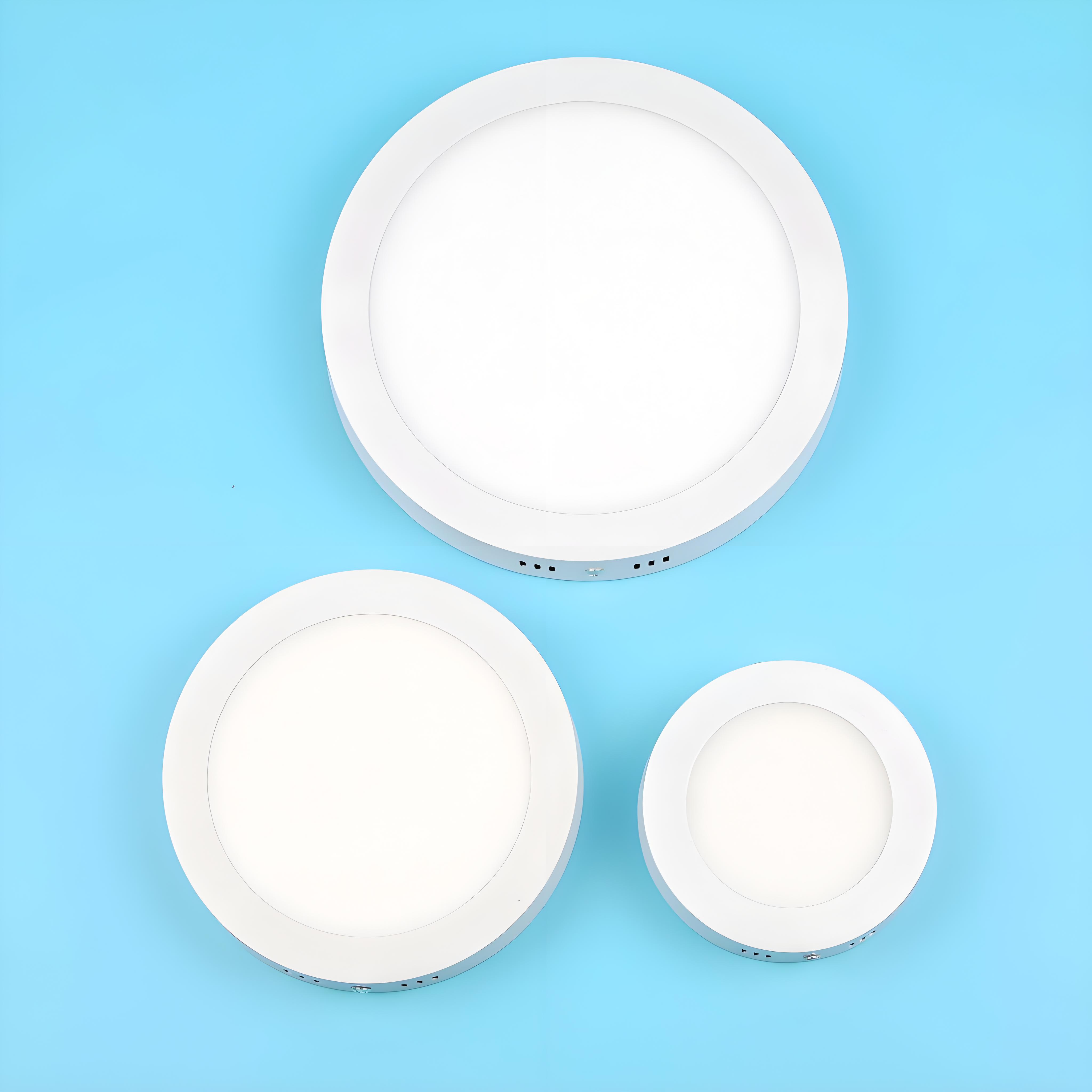
06 Consumer Guide: How to Choose the Best Value for Money
Faced with price fluctuations, how can consumers make wise choices? Experts recommend focusing on the product's overall cost-effectiveness rather than simply pursuing the lowest price. A high-quality panel light should have a high color rendering index (CRI>80), an appropriate color temperature (selected based on the intended use space), and stable light output.
Certification standards are an important basis for judging product quality. Consumers should choose products that have passed quality standards such as 3C and CE certifications, which ensure they meet safety and performance requirements.
"Underlyingly priced products often have issues with lifespan and light decay," warns quality inspection experts. "Consumers should focus on lumens per watt (lm/W) and expected lifespan, rather than simply the initial purchase price."
Smart features are worth the extra investment. Panel lights that support dimming, color adjustment, and intelligent control, while more expensive, offer a better user experience and energy savings, making them more economical in the long run.
After-sales service is equally important. Choosing branded products with at least a three-year warranty can avoid subsequent repair and replacement costs.
Behind the price drop lies the transformation of panel lights from a luxury item to a common item. As technology matures and market education is complete, panel lights are becoming an integral part of basic lighting infrastructure.
Conclusion:
In the future, the value of panel lights will go beyond price tags and will be reflected in how they improve people's quality of life in a more energy-efficient and intelligent way. In the interweaving of light and shadow, this industry is writing a new chapter.
